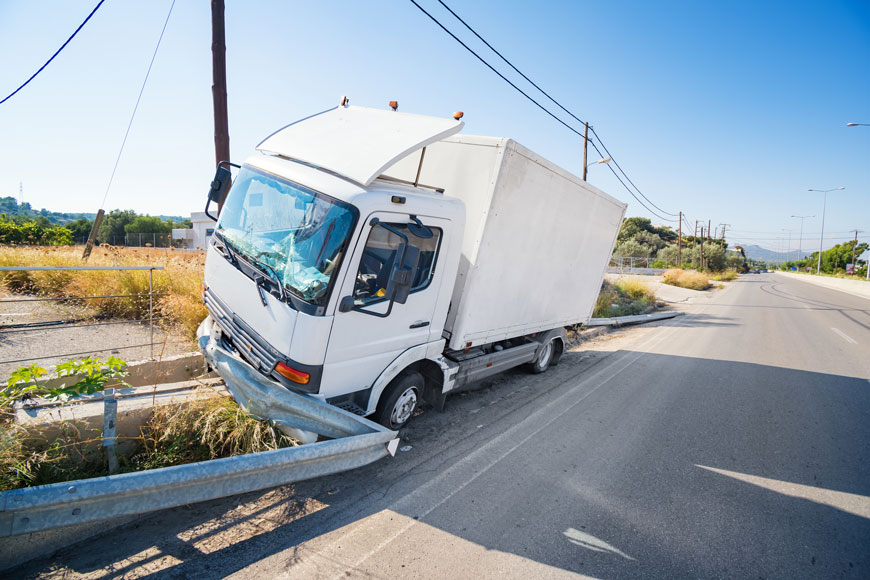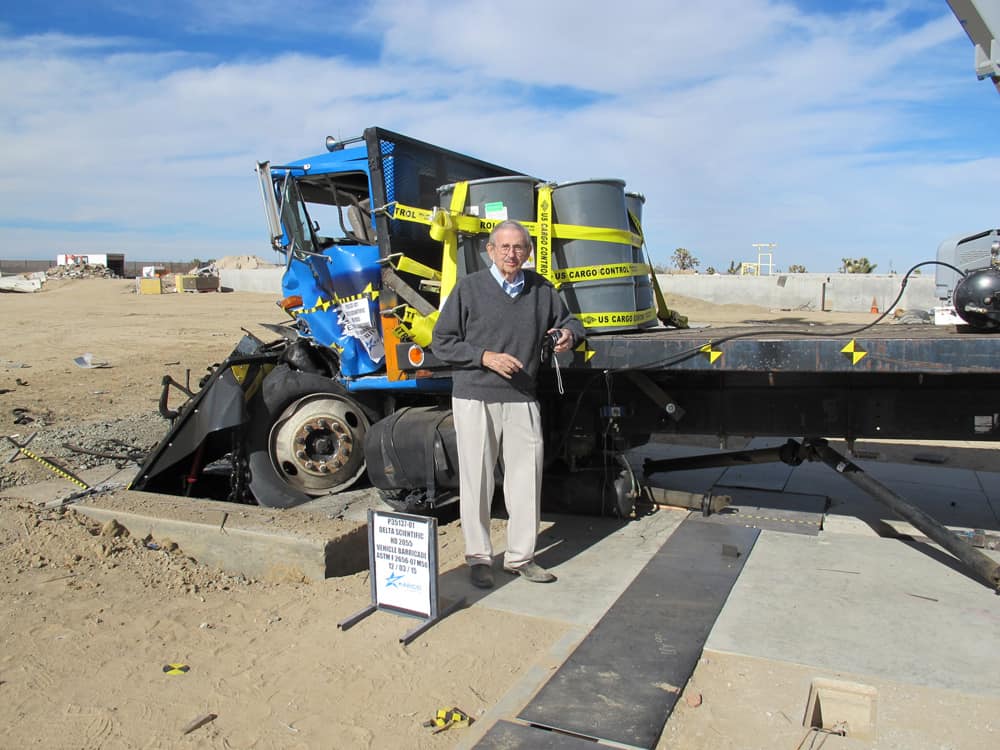The Ultimate Guide To Wedge Barriers
Indicators on Wedge Barriers You Need To Know
Table of ContentsThe Greatest Guide To Wedge BarriersThe Wedge Barriers Ideas

Not known Facts About Wedge Barriers
g., spring support 65 )may be dealt with to completion of the springtime rod 58 to make it possible for compression of the springs 60. As the springtimes 60 are pressed in between the springtime sustains 62, the springtime setting up 54 produces a pressure acting upon the webcam coupled to the springtime rod 58 in an instructions 66. The remaining pressure applied to
the cam camera deploy release wedge plate 16 may might provided supplied an electromechanical actuator 84 or other actuator. Thus, the springtime setting up 54 and the actuator 84(e. g., electromechanical actuator)may run with each other to equate the web cam and lift the wedge plate 16.
As discussed above, the spring assembly 54 puts in a constant pressure on the webcam, while the electromechanical actuator might be regulated to exert a variable pressure on the camera, therefore enabling the lifting and reducing( i. e., releasing and pulling back )of the wedge plate 16. In certain personifications, the continuous force applied by the springtime assembly 54 might be flexible. g., electromechanical actuator) is handicapped. As will be appreciated, the spring setting up 54 may be covered and shielded from debris or various other elements by a cover plate(e. g., cover plate 68 shown in FIG. 4) that might be substantially flush with the raised surface area 38 of the structure 14. As pointed out above, in the released position, the wedge plate 16 serves to block accessibility or travel past the barrier 10. The barrier 10(e. g., the wedge plate 16 )might obstruct pedestrians or vehicles from accessing a residential property or pathway. As reviewed over, the obstacle 10 is affixed to the anchor 30 secured within the structure 14,

front braces 71. As an outcome, the affiliation settings up 72 might pivot and turn to enable the collapse and extension of the linkage assemblies 72 during retraction and deployment of the bather 10. The link settings up 72 cause activity of the wedge plate 16 to be restricted. As an example, if a lorry is traveling in the direction of the released wedge plate 16(e. For instance, in one condition, the security legs 86 might be extended throughoutupkeep of the obstacle 10. When the safety legs 86 are released, the safety legs 86 sustain the weight of the wedge plate 16 against the surface area 12. Consequently, the lifting mechanism 50 might be deactivated, serviced, removed, changed, etc. FIG. 5 is partial viewpoint view of an embodiment of the surface-mounted wedge-style obstacle 10, showing the camera 80 and the camera surface areas 82 of the training system 50. Particularly, 2 camera surfaces 82, which are referred to as reduced webcam surface areas 83, are placed below the webcam 80. The lower web cam surface areas 83 may be fixed to the surface area 12 (e. As an example, the lower webcam surfaces 83 and the installing plate 85 may form a single item that is safeguarded to the support 30 by bolts or other mechanical bolts. Furthermore, 2 webcam surface areas 82, which are described as upper web cam surface areas 87, are positioned above the web cam 80 and coupled to (e. In other personifications, intervening helpful resources layers or plates may be placed between the surface area 12 and Click This Link the reduced camera surfaces 83 and/or the wedge plate 16 and the top web cam surface areas 87 As discussed above, the webcam
80 converts along the cam surfaces 82 when the wedge plate 16 is raised from the pulled back setting to the deployed position. Additionally, as discussed over, the spring setting up 54 (see FIG. 3 )may supply a pressure acting on the cam 80 in the direction 102 via spring rod 58, which may minimize the pressure the electromechanical actuator 84 is called for to use to the webcam 80 in order to actuate and lift the wedge plate 16. 1 )to the deployed placement(see FIG. 4). As revealed, the camera 80 consists of track wheels 104(e. g., rollers), which contact and convert along the webcam surface areas 82 during procedure.